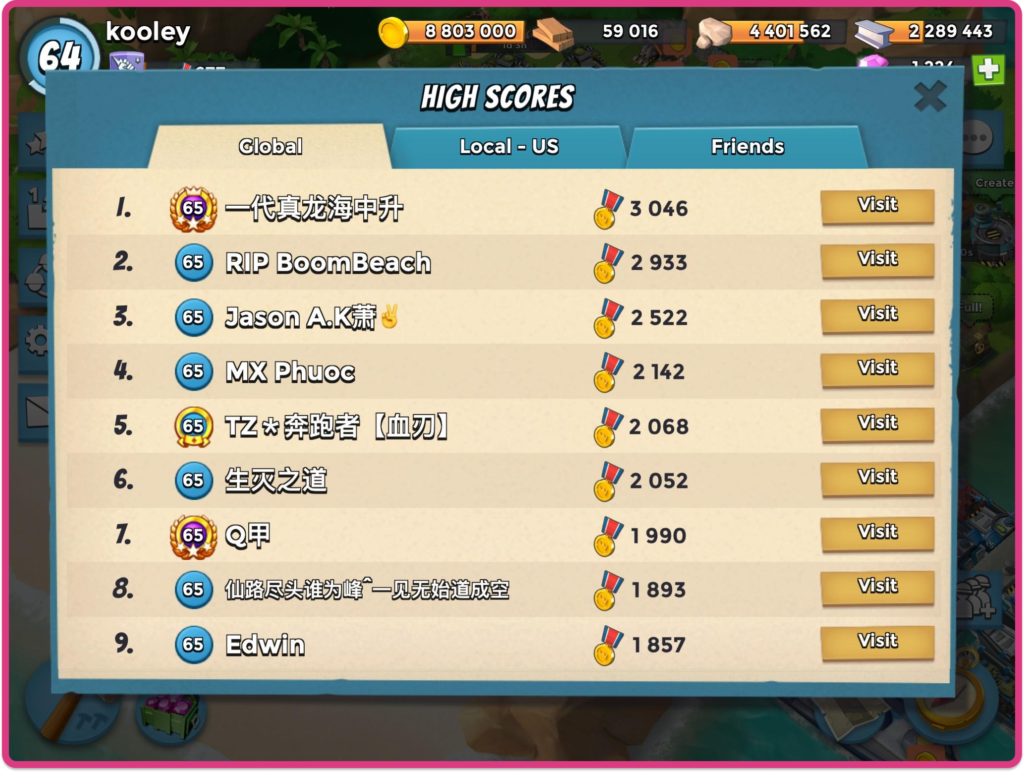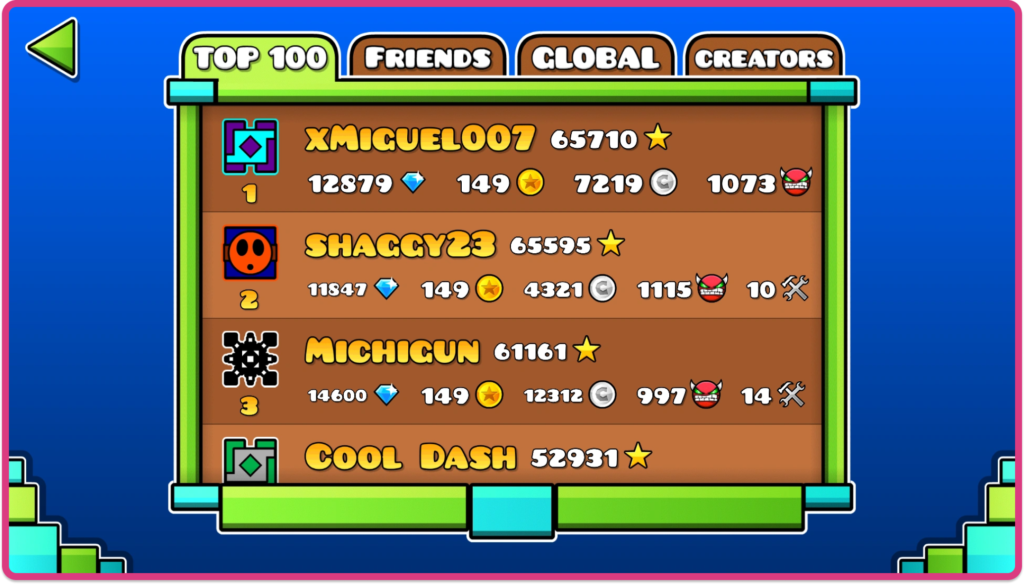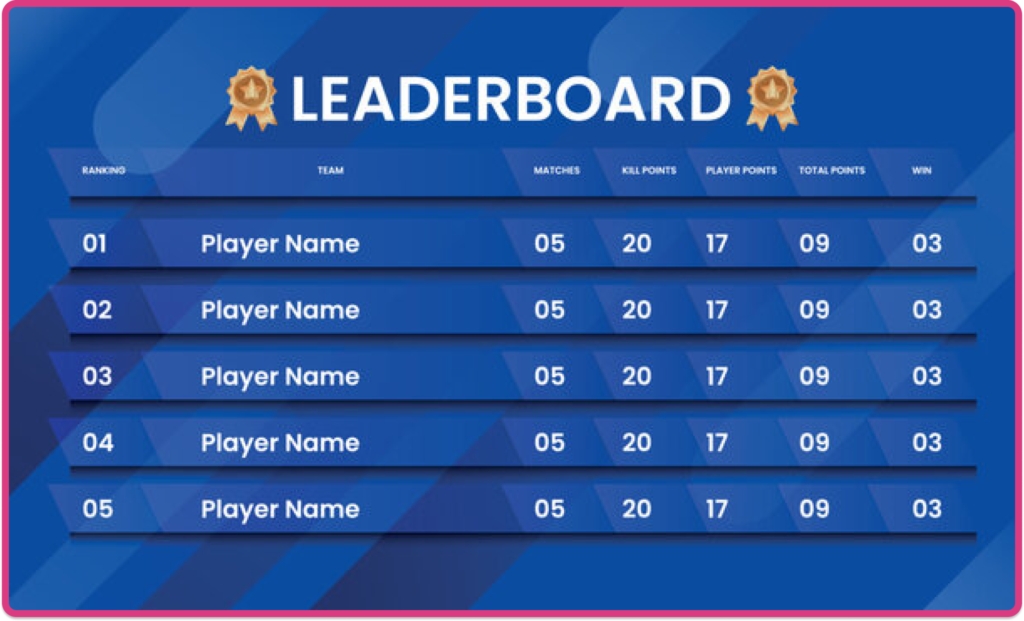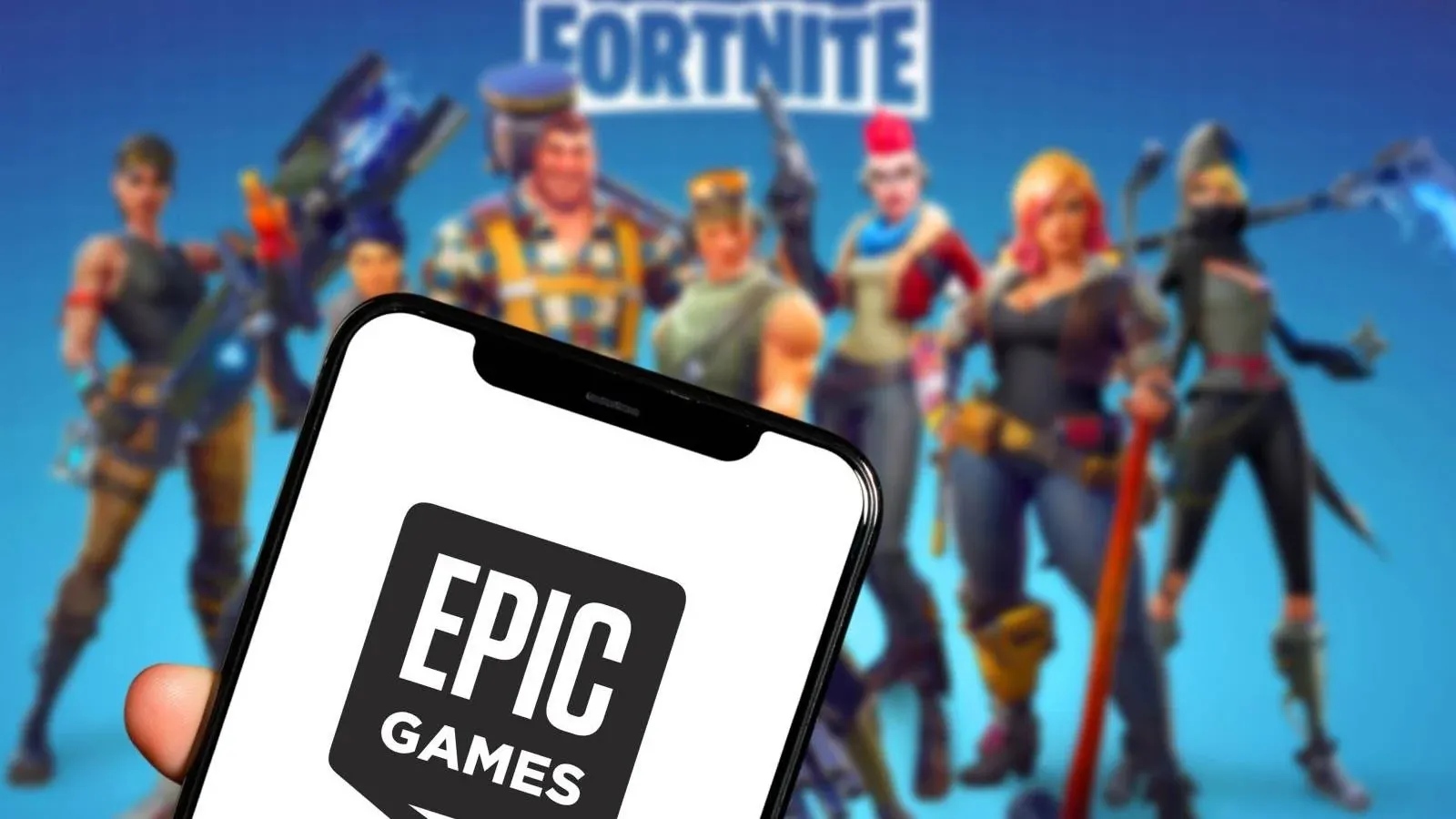Climbing the Ranks: A Guide to Leaderboards in Mobile Gaming
- April 12, 2023

Hot posts 🔥
Start your free trial today
No credit card required
In this article 👇
The leaderboard is a virtual showcase that displays players’ achievements, such as high scores, daily, weekly, and all-time. And they are essential features for mobile games.
It can increase engagement and loyalty because it offers players a chance to interact and showcase their scores against their competitors.
But developing a leaderboard might be challenging due to its structure. In this blog, we will look at each step of the process with tips and practices.
At the end of this blog, you will have all the information you need to create a successful leaderboard for your mobile game.
What Is a Leaderboard?

Leaderboards are virtual scoreboards showcasing player rankings in a game according to their scores or accomplishments. They are used in all types of games, including mobile and online games, console games, and PC games.
They play several significant roles in mobile games. It allows users to communicate with one another and share their scores to encourage community and social engagement. They can also provide useful insights into player behavior and preferences, which improves game design.
Understanding Game Leaderboards
They use a scoring system that assigns points to players based on their in-game achievements. Achievements might include finishing stages, obtaining stuff, defeating enemies, or reaching a certain score.
When a player reaches a milestone in the game, their score is recorded and transferred to the game server. The server then computes the player’s score based on a preset formula that takes difficulty and accomplishment into consideration. The player’s score is added to the collective leaderboard, where it appears alongside other players’ scores.
Types of Leaderboards
It comes in many forms and serves different functions in mobile games. Here are some common types:
- Global Leaderboards: These ranked players worldwide based on their scores or achievements. They’re used in games with a strong social element and a large player base.

- Local Leaderboards: These are rankings of players based on their location or community. They’re suitable for games with local appeal or intended to be played in a certain community.

- Daily or Weekly Leaderboards: These changed regularly (typically daily or weekly) and encourage continued player involvement by offering opportunities to fight for top ranks.

- Friend Leaderboards: These rate players based on their performance or achievements among their friends or a specific set of players. They can increase social interaction and develop a sense of community among participants.
Designing a leaderboard
For a well-designed leaderboard, follow these tips:
1. Careful Color and Typeface Selection: The visual aspect of your leaderboard depends largely on the color scheme and typography you choose. Make sure to select colors that synergize with the game’s overall aesthetic while maintaining enough contrast for details to be easily discernible.
2. Intuitive and Clean Layout: Design the leaderboard with user experience in mind. It should be clean and simple, with easily identifiable player rankings, scores, or other significant statistics. Users should be able to find their standings and see how they are progressing quickly and easily through the user interface.
3. Use of Visual Elements: Incorporate visual cues to represent player progress and standings. These could be icons, badges, or progress bars. Use different shapes, sizes, or colors to differentiate between ranks or levels, aligning with the overall aesthetic of the game.
4. Mobile Optimized Design: Since the game is for mobile devices, it should be optimized for smaller screens. Keep the main information centered and in front, and all touch targets should be substantial enough for a finger to accurately press.
Adding to an Android
If you are interested in adding a leaderboard to your game in on Google Play Store, you can use Google Play Services and Google Play Console:

- Set up your game on Google Play Console and activate the Google Play Games Services API.
- Establish a leaderboard in Google Play Console and configure its settings, such as the scoring system and name.

- Incorporate the Google Play Games Services API into your Android game using the supplied libraries and methods.
- Implement a leaderboard into your game code, including methods for submitting scores and obtaining data.
- Test integration using Google Play Console testing tools.
Suggestions for Testing and Troubleshooting
- Use Google Play Console’s testing tools to simulate interactions and confirm scores are submitted and displayed.
- Tested on various devices to guarantee compatibility and consistency.
- Check for any issues or bugs, and be ready to update and fix them as required.
Adding to an iOS
If you want to add a leaderboard to your iOS game, you can use Apple’s Game Center Framework by following these instructions:
- Activate Game Center within your iOS app’s capabilities within Xcode.
- Set up a leaderboard in iTunes Connect and configure its settings, like the scoring system and name.
- Integrate the Game Center Framework into your iOS game using the available libraries and methods.
- Implement in your game code methods for submitting scores and retrieving data.
- Test integration with Xcode testing tools.
Suggestions for Testing and Troubleshooting
Examining and fixing your leaderboard integration is critical for gamers’ flawless and enjoyable gaming experiences.
- Use Xcode’s testing tools to simulate interactions and confirm scores are submitted and displayed.
- Tested on various devices to ensure compatibility and consistency.
- Observe any issues or bugs, and be ready to update and fix them as required.
Developing an API

A leaderboard API lets you store and retrieve player scores and leaderboard data from a server. This gives players the opportunity to compete against one another and track their progress in real-time. You can access the API using RESTful APIs and JSON, making it straightforward to integrate into any mobile game.
Here’s how to build a leaderboard API using popular platforms like Firebase or AWS:
- Select a platform for your API, such as Firebase or AWS.
- Set up your account and start a new project.
- Configure your project settings, including security and privacy options.
- Establish a new collection and create the necessary fields for storing player scores and leaderboard data.
- Incorporate the leaderboard API into your game code, adding methods for submitting scores and fetching data.
Examples from Successful Games
In order to get a better idea of how different types of leaderboards might be used in different games, we’ll look at some successful game implementations
- Adventure Capitalist: The game uses this to display player standings based on total profits. With both global and local options, users can compete at many levels. Players are also urged to return daily, weekly, and monthly to maintain their rankings.
- Asphalt 8: Airborne: They used to rank players based on their speed and performance in several races. The real-time leaderboard allows players to track their position relative to their opponents and adjust their tactics.
- Hungry Shark Evolution: The game uses a to rank players based on their scores and completed objectives. Players can compete at several levels, with both global and local options available. A mix of daily and weekly leaderboards motivates users to return and play to improve their ratings.
Introduction to the Ratic
Ratic is a plug-and-play LiveOps tool for mobile games, boosting revenue and engagement through leaderboards, tournaments, rewards, levels, XP (experience points), and more for independent studios and publishers.
Easy to integrate with any mobile game. The dashboard provides real-time transaction and user statistics for game producers, allowing them to improve game design and marketing efforts.
For mobile game developers seeking to integrate leaderboards into their games, Ratic is a great choice. Wide capabilities and simple integration make it an excellent choice for independent game developers and publishers looking to expand their reach
Conclusion
To sum it up, adding a leaderboard to your mobile game can work wonders. Not only does it boost player involvement and loyalty, but it can also lead to increased earnings. You may encourage players to keep playing and strive for higher scores by designing and selecting the appropriate measures to track.
In this easy-to-follow guide, we’ve covered the fundamentals, including their functions and advantages. We’ve also shared steps for including a leaderboard in your mobile game for Android and iOS devices. Furthermore, we looked at various styles and their applications in different games, showcasing examples of successful setups.
Finally, we presented Ratic, a powerful tool to help mobile game studios boost their KPIs and increase income. Using Ratic, you can integrate a leaderboard into your mobile game. You can also watch player data in real-time and refine your game design and marketing tactics.
We've plenty of other interesting resources for you





